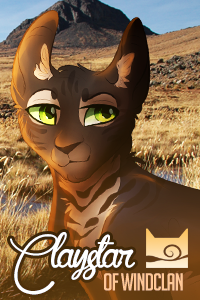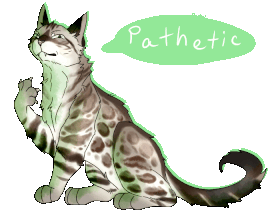Post by Professor_Llama on Feb 8, 2017 14:32:41 GMT -5
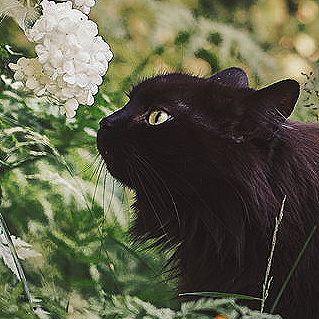
THE CLANS
GUIDE FOR
GUIDE FOR
AN INTRODUCTION INTO THE WORLD OF RAGING HERB-NERDS BETTER KNOWN AS:
MEDICINE CATS
•HERBS AND THEIR USES•

•Alder Bark
Bark of the Alder tree, chewed on to ease tooth aches. Soaked in water and applied to burns to ease swelling.

•Borage Leaves
Blue and pink star shaped flowers with hairy leaves. They are chewed and eaten. Borage increases milk in queens and brings down fevers.

•Borage Leaves
Blue and pink star shaped flowers with hairy leaves. They are chewed and eaten. Borage increases milk in queens and brings down fevers.

•Burdock Root
A tall-stemmed, sharp-smelling thistle with dark leaves. It is applied to bites and cures infection.

•Beech Leaves
Large, broad leaves used by medicine cats in ThunderClan to carry other herbs
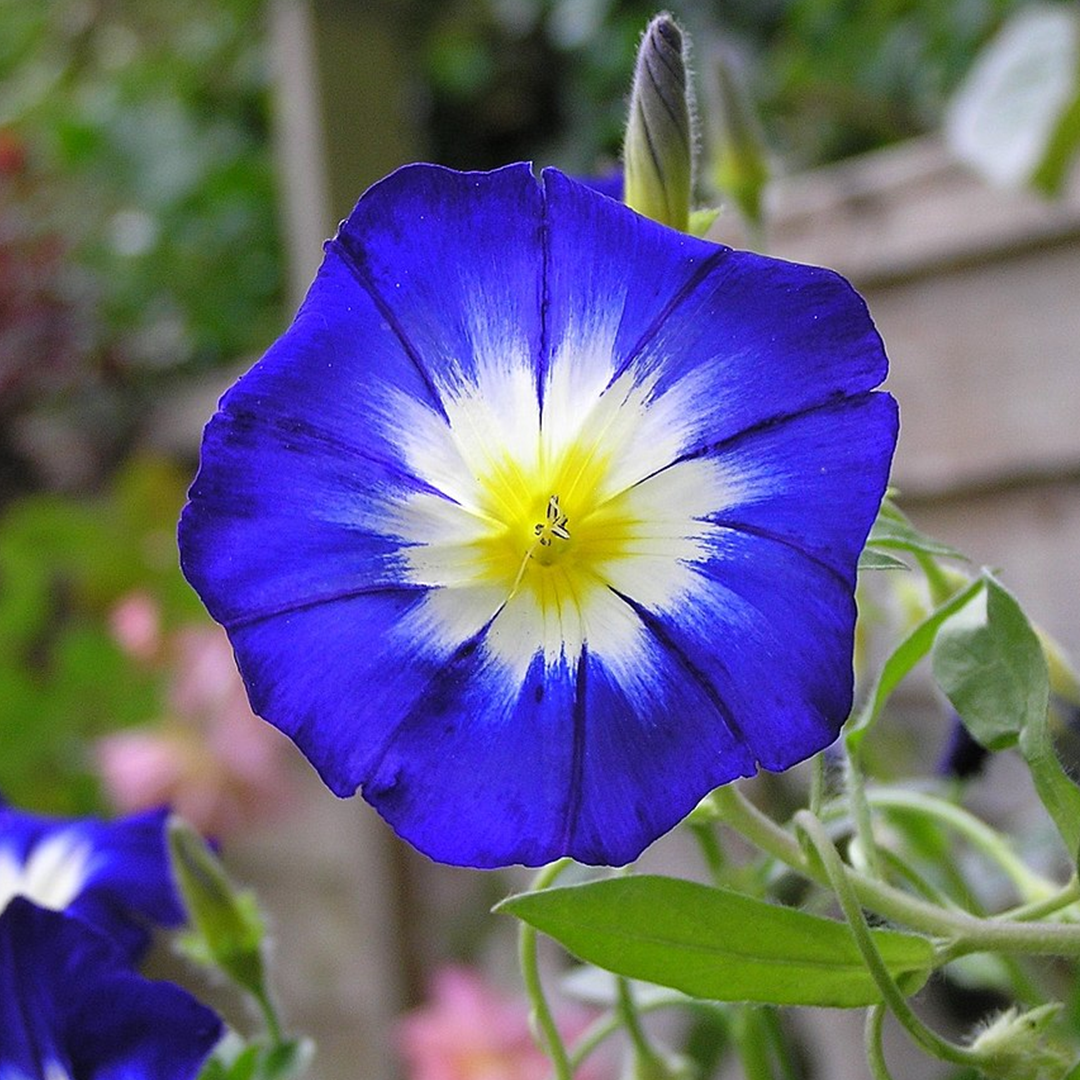
•Bindweed
Arrow-head shaped leaves with pale white or pink trumpet shaped flowers. Fastens sticks to broken legs to keep them in place.

•Blackberry leaves
Leaves from the prickly blackberry bush. Grow almost anywhere; they are very hardy plants. These leaves are chewed into a pulp.

•Broom
Shrubs with small leaves and small yellow flowers. It is used to make poultices for broken legs and wounds.

•Burnet
Has oval-shaped leaves with serrated edges. Stems grow 50-200cm tall, with large clusters of small flower buds on top. A traveling herb. Is said to help stop minor bleeding. Keeps a cat's strength up.

•Catchweed
A plant with fuzzy green balls on long stems. The burrs are put on the pelt where poultices are. Stops poultices from being rubbed off without hurting the skin.

•Catmint
A delicious-smelling, leafy plant, found in Twoleg gardens. It is eaten and is a remedy for Greencough.
 .
.•Cedaline
Yellow flower with four petals. Juice is trickled into the eye. Soothes damaged eyes.
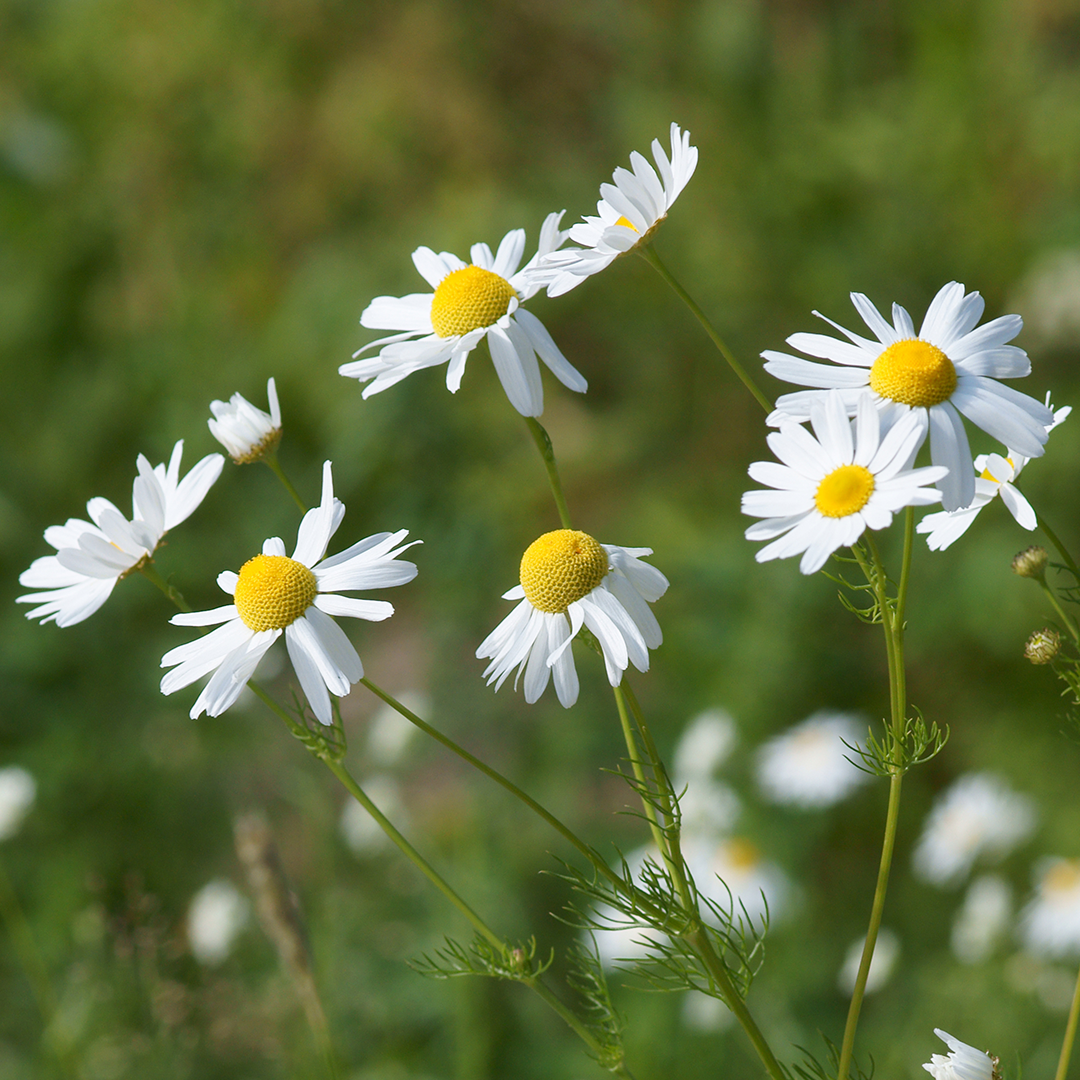 •
•Chamomile
A small, white flower with a large, yellow center. Eaten to strengthens the heart and soothes the mind. Also given to traveling cats for strength.

•Chervil
A sweet-smelling plant with large, leafy, fern-like leaves and small white flowers. The roots are knobby and brown. Chewed to extract the juice of the leaves or the root for infected wounds and bellyache, respectively. Can also be used during kitting.
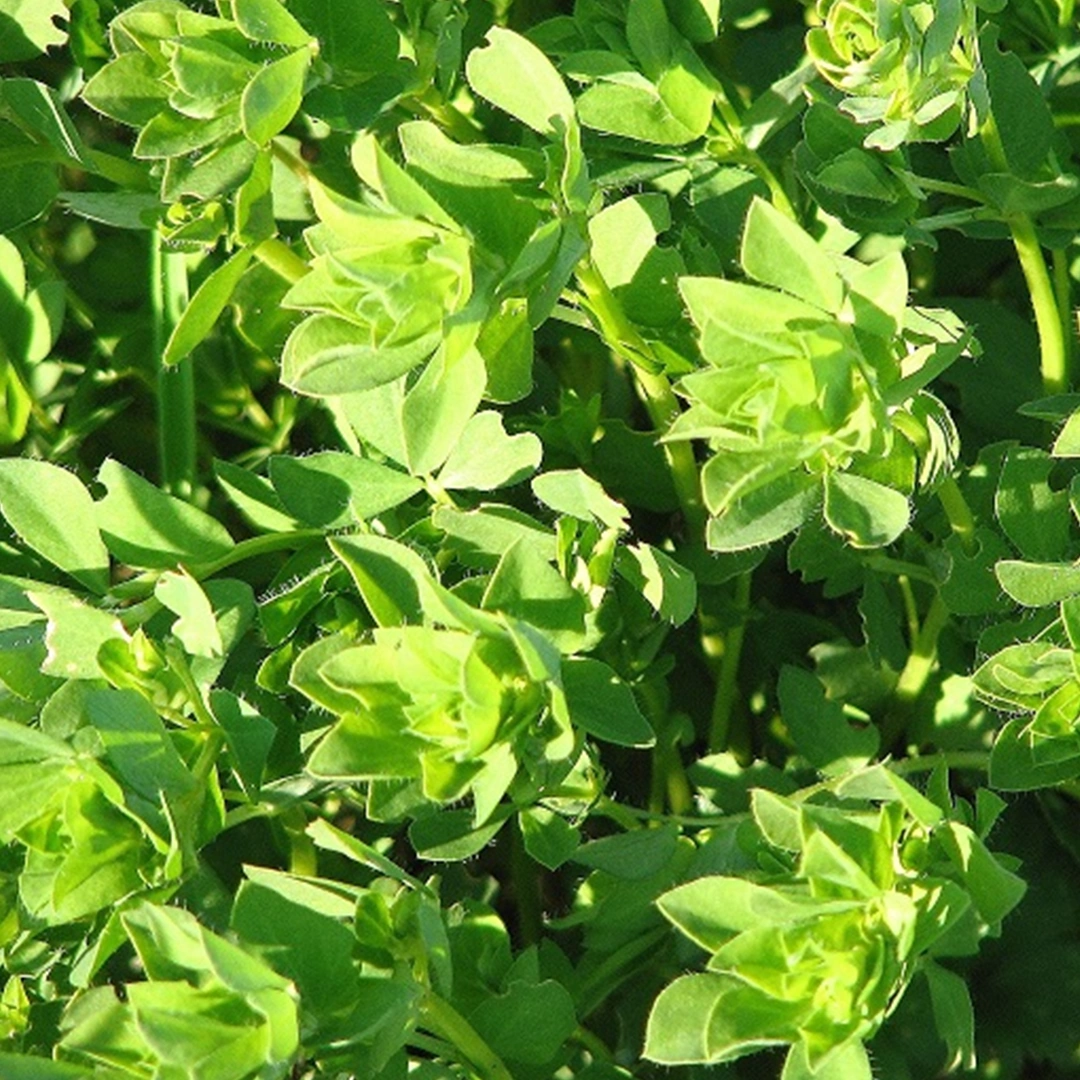
•Chickweed
Tall-stemmed plant with fat, almond-shaped leaves. Eaten, such as catmint/catnip. Found in twoleg nests. Treats greencough, though catmint is often preferred.

•Cobweb
Well, cobwebs. You wrap them around a injury to stop the bleeding.

•Coltsfoot
A flowering plant that looks like a dandelion with yellow or white flowers. It is chewed into pulp and eaten.Eases breathing or kitten-cough, as well as cracked or sore pads.

•Comfrey
It has large leaves, small bell-shaped flowers, which are pink, white,or purple, and fat, black roots. Tangy smell. Roots are chewed into a poultice. Repairs broken bones or soothes wounds. Also used for wrenched claws. Can be used for itching or for inflammation on stiff joints.

•Daisy leaf
Thick, dark green, oval shaped leaves. Chewed into a paste. Eases the pain of aching joints. It is also a travelling herb.

•Dandelion
Common yellow-flowered plant with long, hollow stems. The white liquid is applied to bee stings. Leaves can be chewed. Soothes bee stings, Its leaves can also be chewed to act like a painkiller.

•Dock
Common, large-leafed plant with a tangy smell and taste. Chewed up and applied to scratches. Similar to sorrel. Soothes scratches, though can sting when being applied. Soothes sore pads.

•Dried Oak
Leaves are collected in Autumn. It is brown with five points and applied to wounds to stop infections.

•Fennel
Thin, spiky leaves. Stalks are broken and juice is squeezed into the receiver's mouth. Helps pain in the hips.

•Feverfew
A small bush with flowers like daisies, very bitter taste. The leaves are eaten. It cools down body temperatures for cats with a fever or chills. Good for headaches.
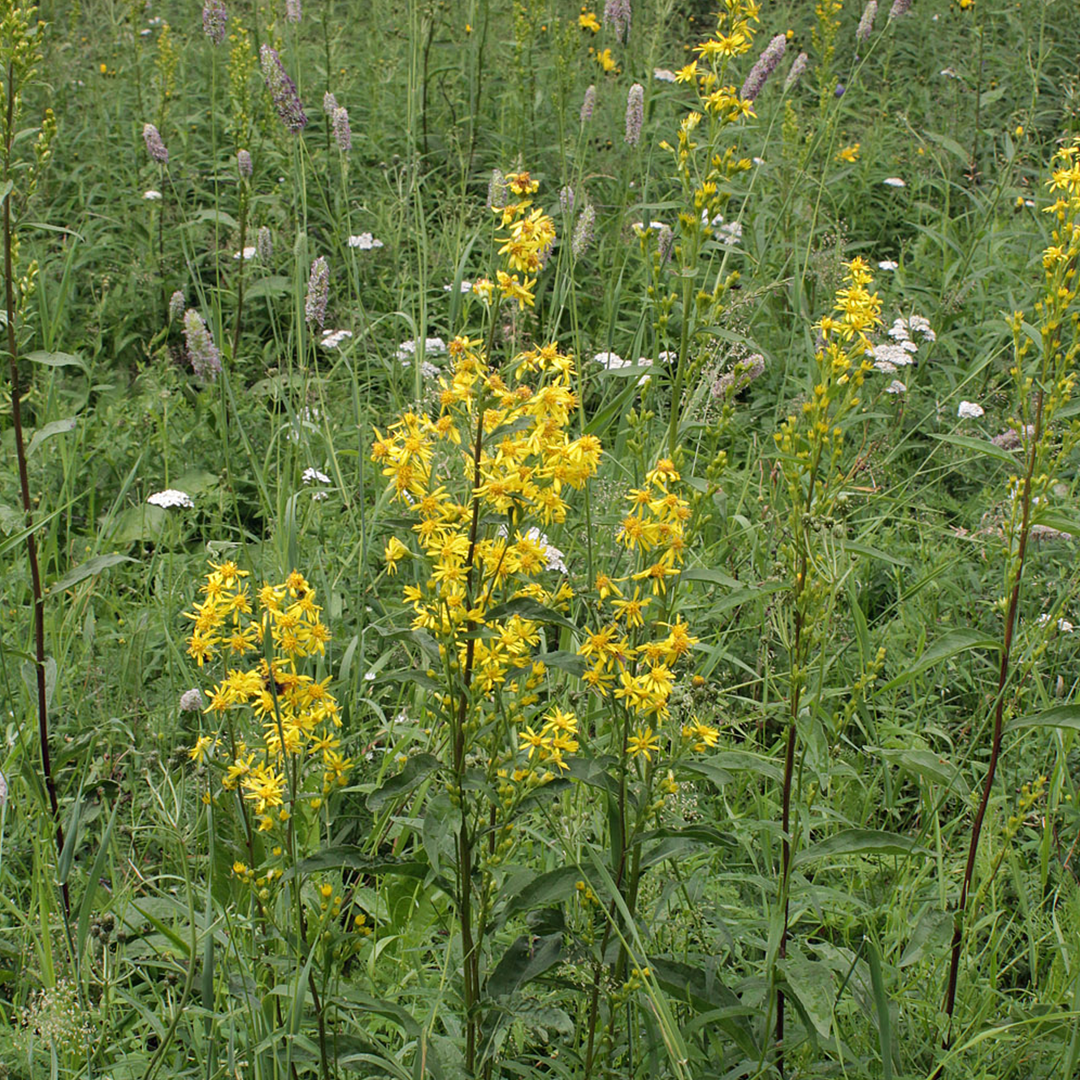
•Goldenrod
A tall plant with yellow flowers. It is chewed into poultice and applied to wounds to heal them.

•Heather Nectar
Nectar found in bell-shaped flowers. Included in herbal mixtures. Makes swallowing easier and sweetens mixtures.

•Honey
A sweet, golden liquid. It is swallowed. It is used for soothing the throats of cats who breathed smoke.

•Horsetail
A tall plant with bristly stems.It is chewed and applied to wounds as a poultice. It is used for treating infected wounds, treats infection and stops bleeding.

•Ivy leaf
Leaves from the ivy vine. Used by ShadowClan medicine cats to store other herbs.

•Juniper Berries
Purple-blue berries from the dark green, spiky-leaved juniper bush. Chewed and eaten. Soothes bellyaches, gives strength, and helps troubled breathing. It is also used to help calm cats.

•Lamb's Ear
Soft, fuzzy green plant commonly found in the mountains. Gives a cat strength.

•Lavender
Small purple flowering plants. When eaten they cure fevers.

•lungwort
Dark green leaves speckled with gray. Eaten to cure yellowcough.

•Mallow Leaves
Large fuzzy three-nubbed leaves from a flowering shrub; sweet rose scent. Eaten: Soothes bellyache.
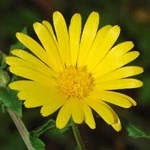
•Marigold
A bright orange or yellow flower that grows low to the ground. Its petals or leaves are chewed into pulp and applied to wounds to stop infection.

•Mint
Downy, serrated leaves ranging from green to purple and yellow in color. Flowers are small and white or purple in color. Rubbed on a dead body. Hides the scent of death.
•Mouse Bile
A foul-smelling liquid. It is dabbed in moss soaked in bile on a tick. It is used to remove ticks.

•Parsley
A long-stemmed plant with ragged-edged crinkly leaves, Sharp scent, tastes cold and fresh, tastes the same fresh or dried. Eaten. Stops a queen from producing milk if her kits die, don't need milk anymore, or are producing too much milk. Also used to cure bellyache.

•Poppy Seeds
Small black seeds shaken from the head of a dried poppy flower. They are eaten to soothe shock and distress and eases pain.
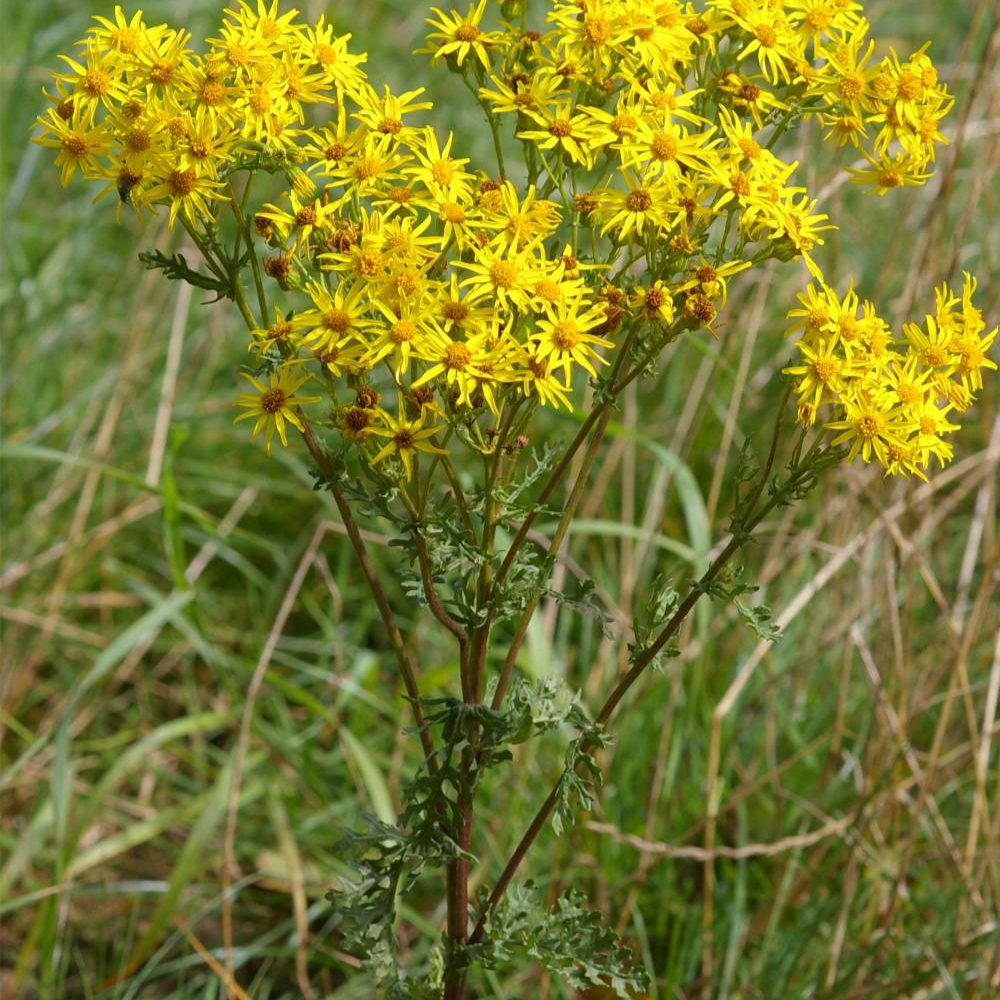
•Ragwort
Tall shrub with yellow flowers. Tastes foul to cats. Crushed and chewed; mixed with juniper berries, it can help aching joints. Treats aching joints and keeps a cat's strength up.
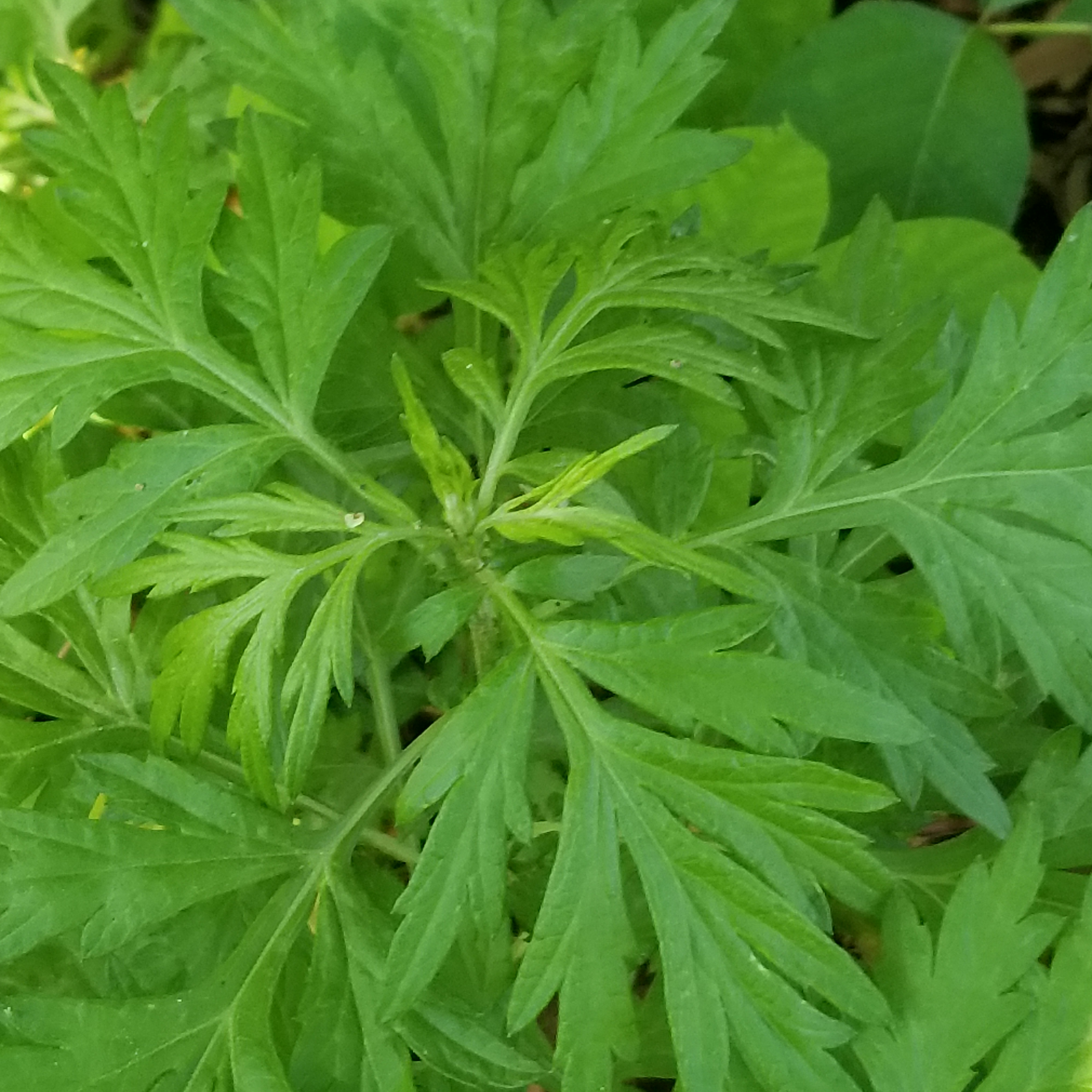
•Ragweed
Ragged-leaved plant resembling a fern. Thought to be commonly found in the mountains. Thought to give cats extra strength. Like lamb's ear, ragweed gives a
cat extra strength and energy.
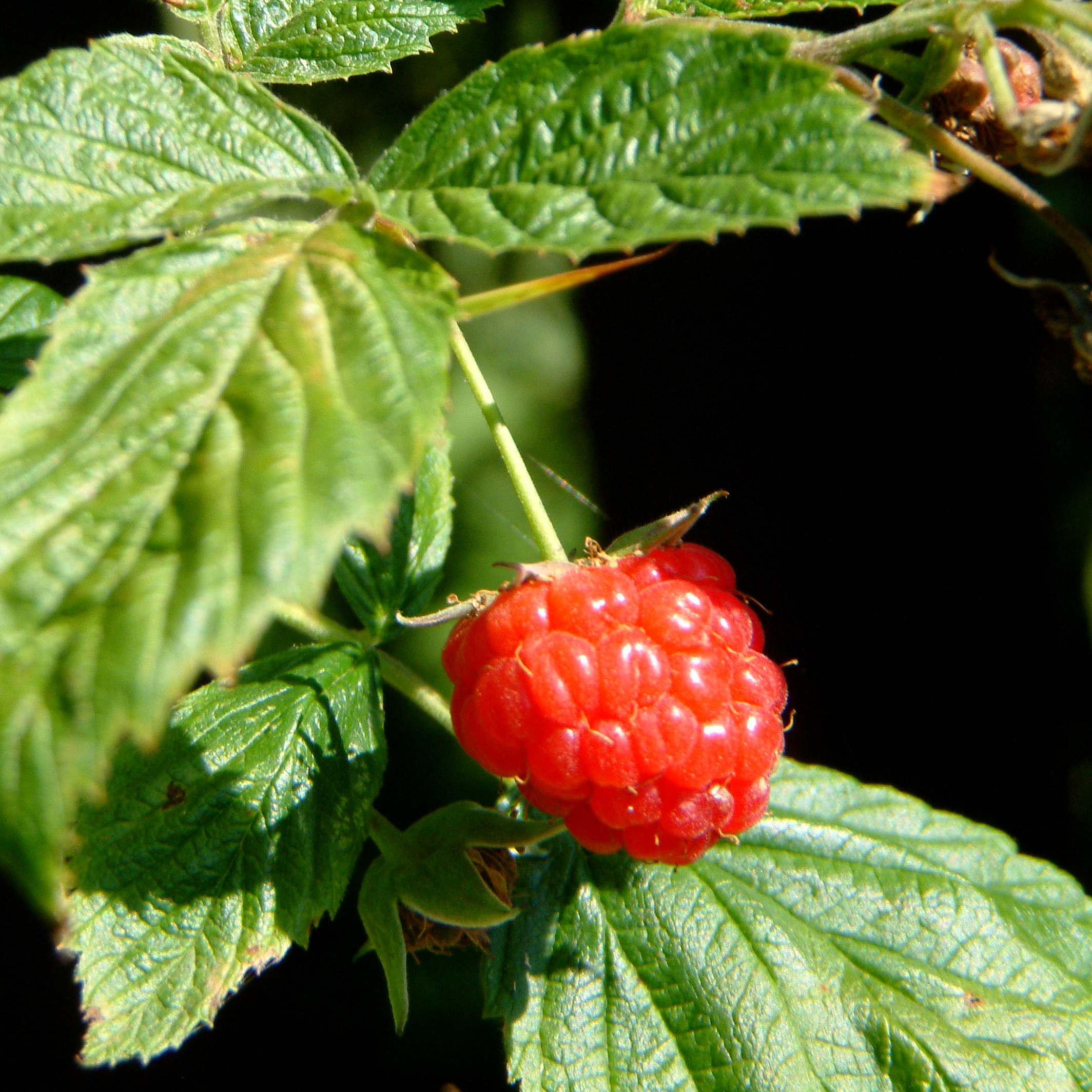
•Raspberry Leaves
Soft to the touch, but with jagged edges. Eases swelling of bee stings.

•Rosemary
Tall with needle-like leaves and purple flowers. Put on the pelt of a dead cat to prepare for burial. Hides the scent of death.
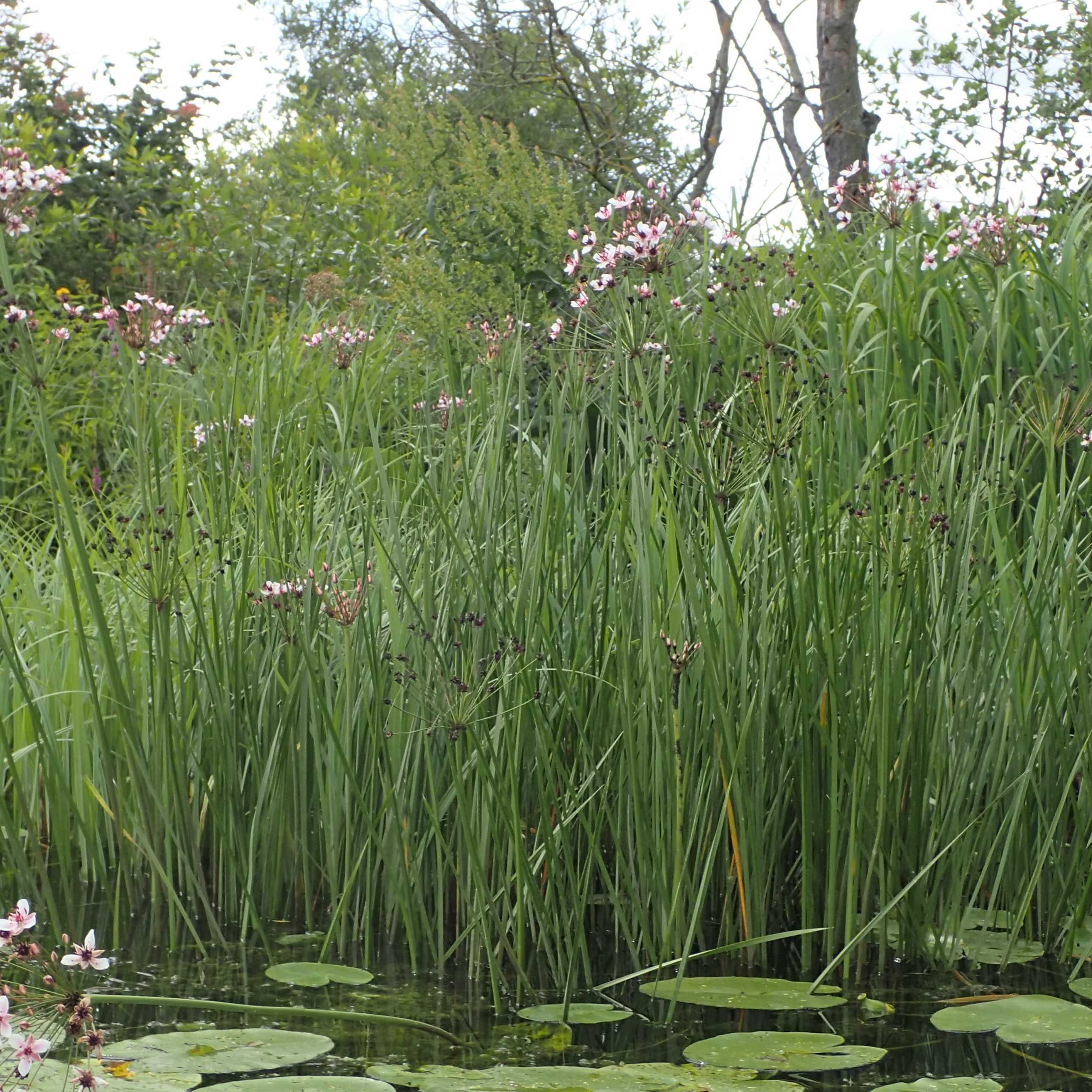
•Rush
It has long narrow leaves and lavender-colored head stalks. Used to bind broken bones. Helps hold a broken limb in place, such as casts for Twolegs.

•Snakeroot
The best remedy for poison, especially snake bites.
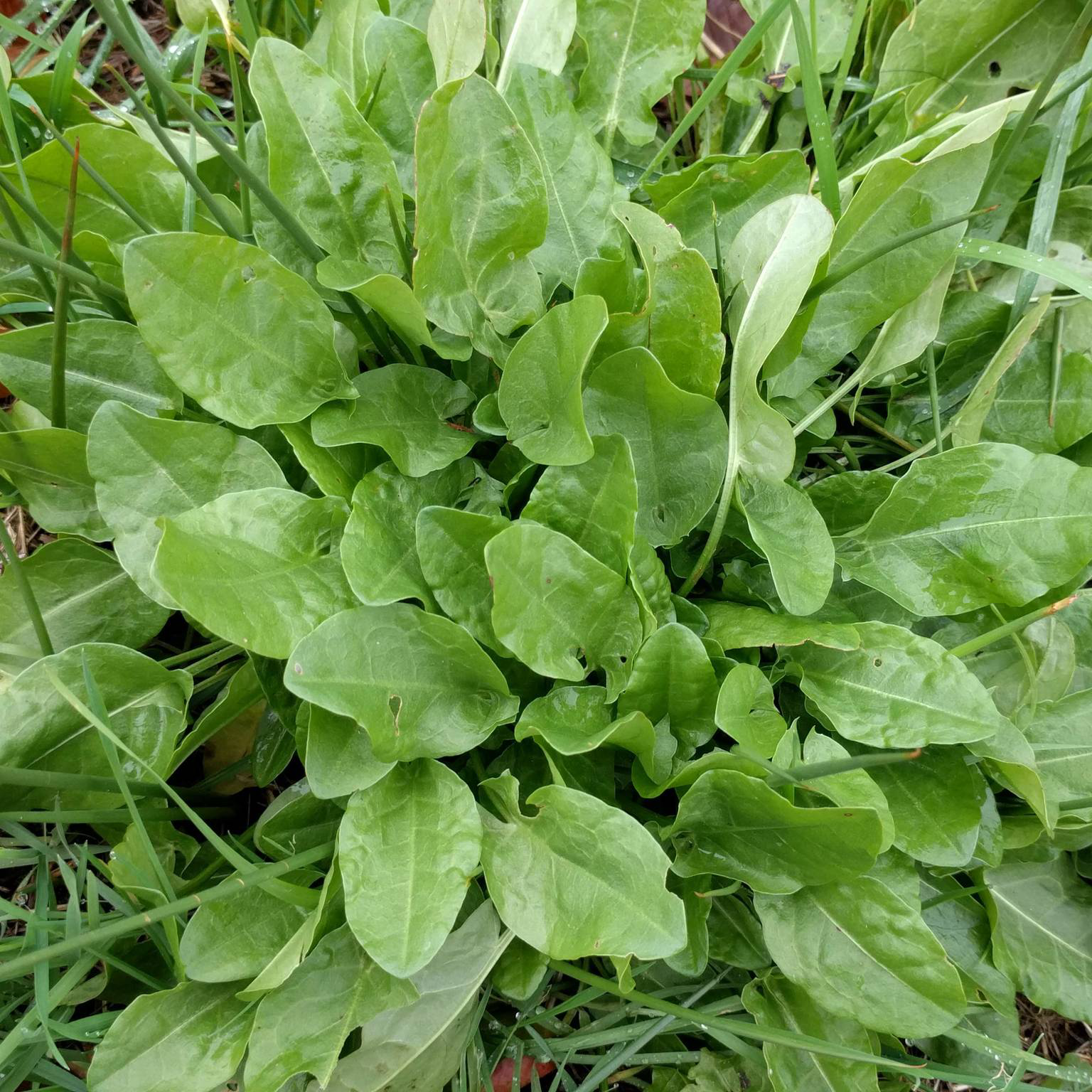
•Sorrel
Similar to dock, sorrel is used as a traveling herb. Eaten. Traveling herb.

•Stick
Thin wooden protrusions that grow on and fall from trees. Cats in pain bite
it when other medicine is either unavailable or not recommended. Also used to help broken legs heal. Distracts cats from pain. Recommended for queens giving birth.

•Stinging Nettle
Spiny green seeds that are eaten or applied to wounds. They are eaten to dispel poison and applied to bring down swelling.
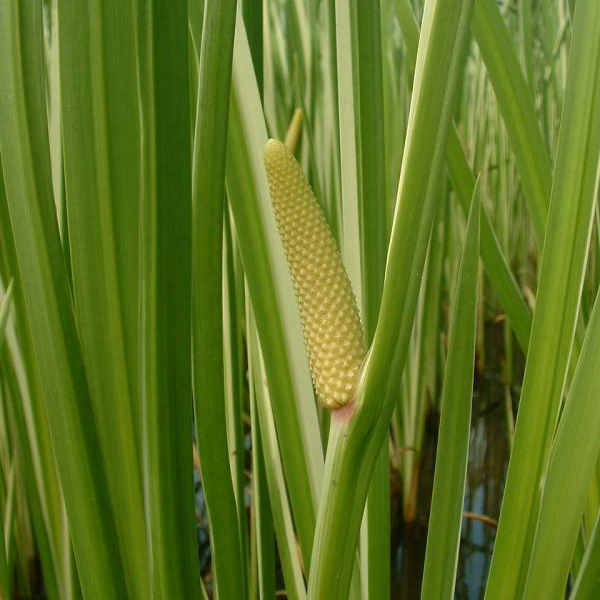
•Sweet-Sedge
Thick green stem with long buds at the top. One must swallow the sap. Eases infection.
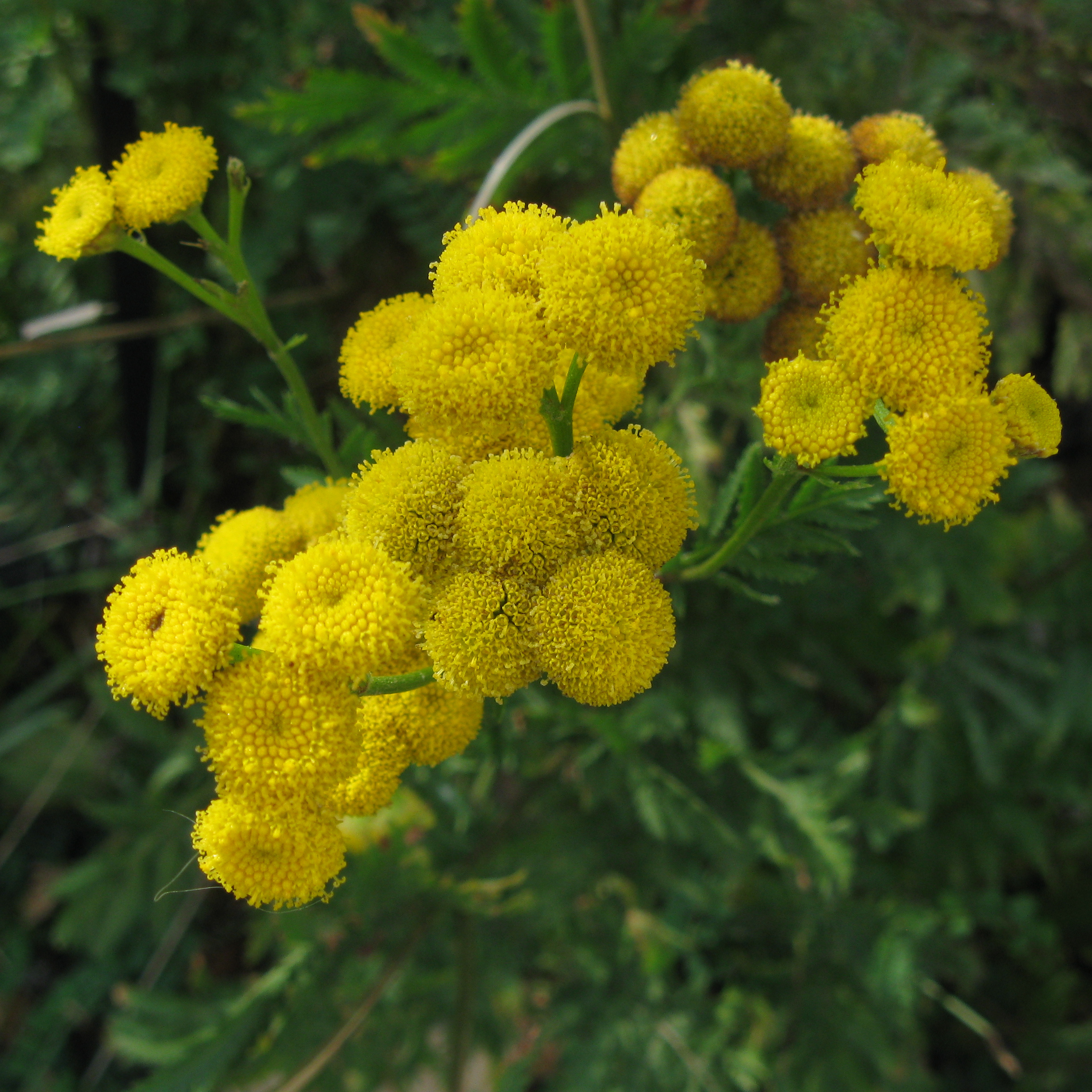
•Tansy
The tansy plant has round, yellow leaves, and has a very sweet and strong scent, making it good for disguising a cat's scent. To be consumed, but only in small doses. Cures coughs. Can be used to cure wounds and poisons. Stops cats from getting greencough. Soothes throats.
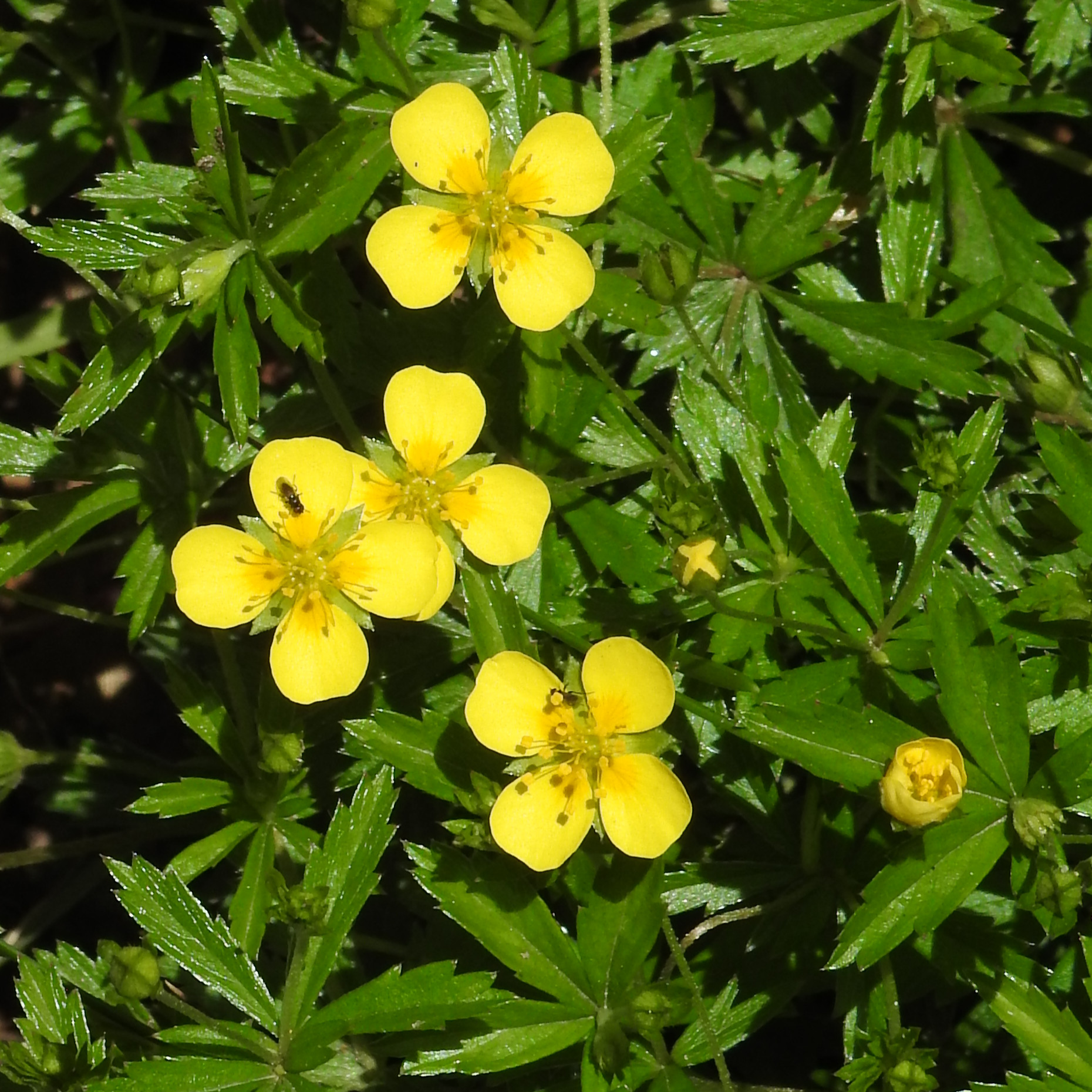
•Tormentil
It has a strong, aromatic scent to it and a sharp taste. Chewed and applied. Its root is good for treating all wounds and extracting poison.
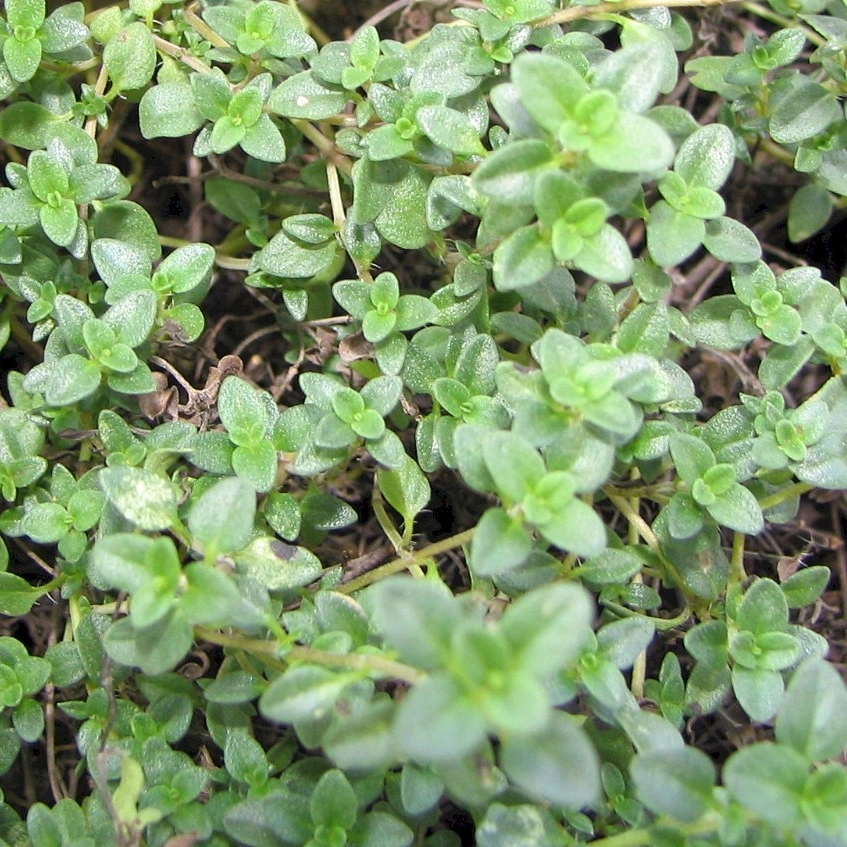
•Thyme
Small dusky green leaves on a brittle stem. They are eaten to calm anxiety and frayed nerves.
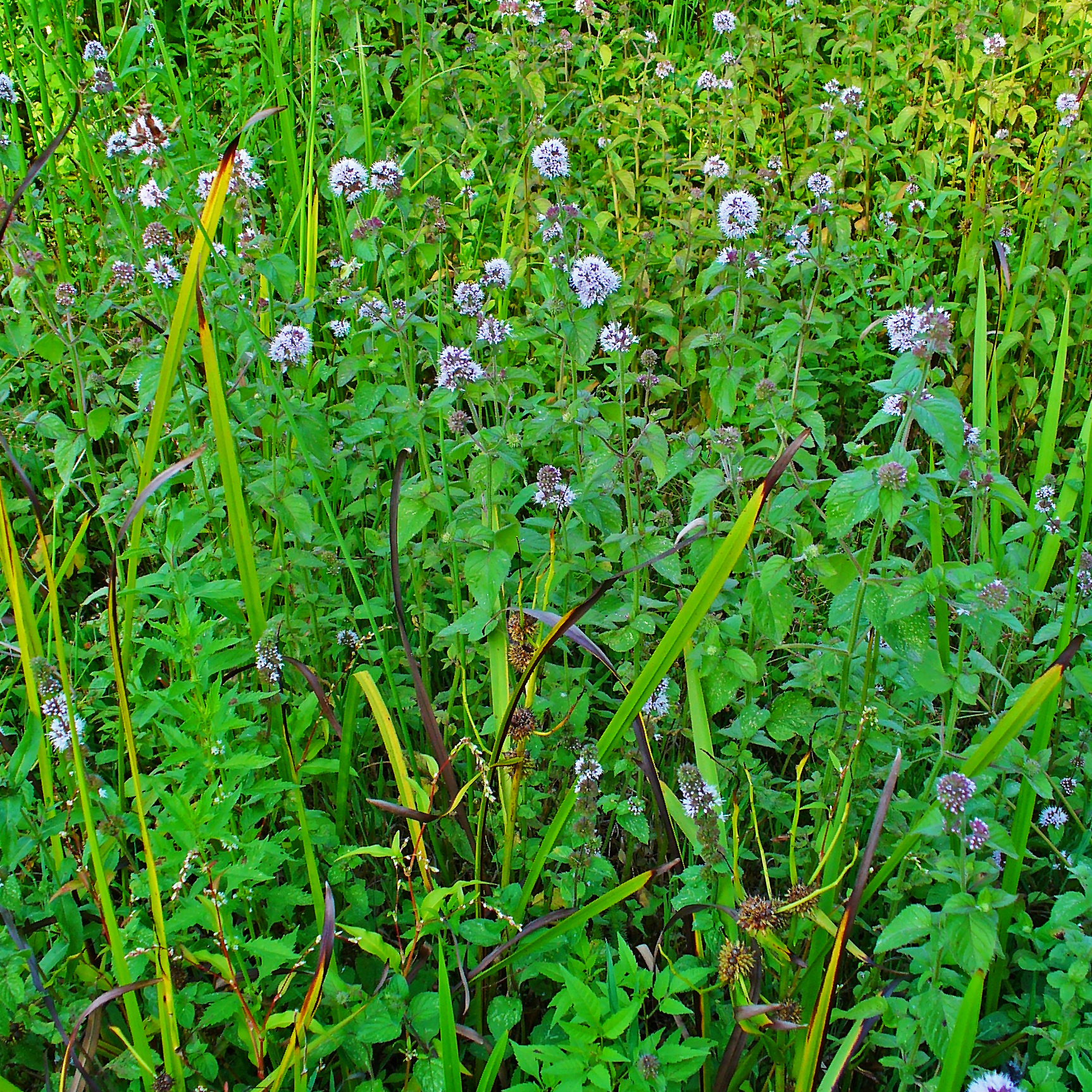
•Watermint
A leafy green plant found in watery places. It is chewed into pulp and eaten. It helps bellyache.
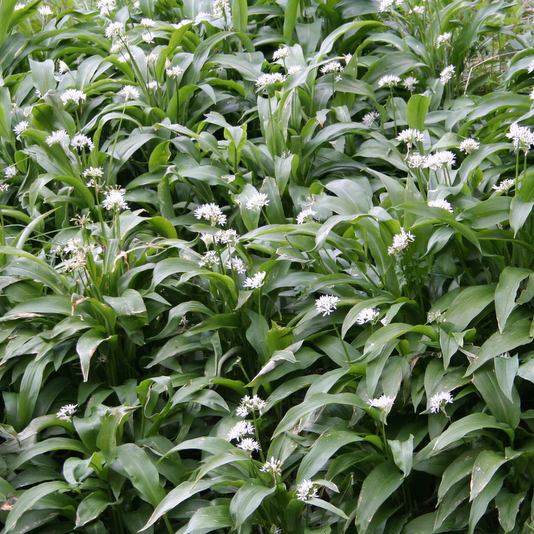
•Wild Garlic
A strong, green stemmed plant with no leaves. If a cat rolls in it, it prevents infections.

•Willow leaves
Leaves of willow tree. Trees grow near twoleg nests, leaves are eaten to stop vomiting.

•Wintergreen
Easily identifiable by its red berries. Treats wounds and some poisons.

•Yarrow
A flowering plant. Long stem, button-like clusters of white flowers and strong, sweet smell. Its leaves that are almost feather-like, are made into poultice and applied to wounds. It expels poison from scratches or wounds, if swallowed however, will make a cat vomit.
Poisons to cats:
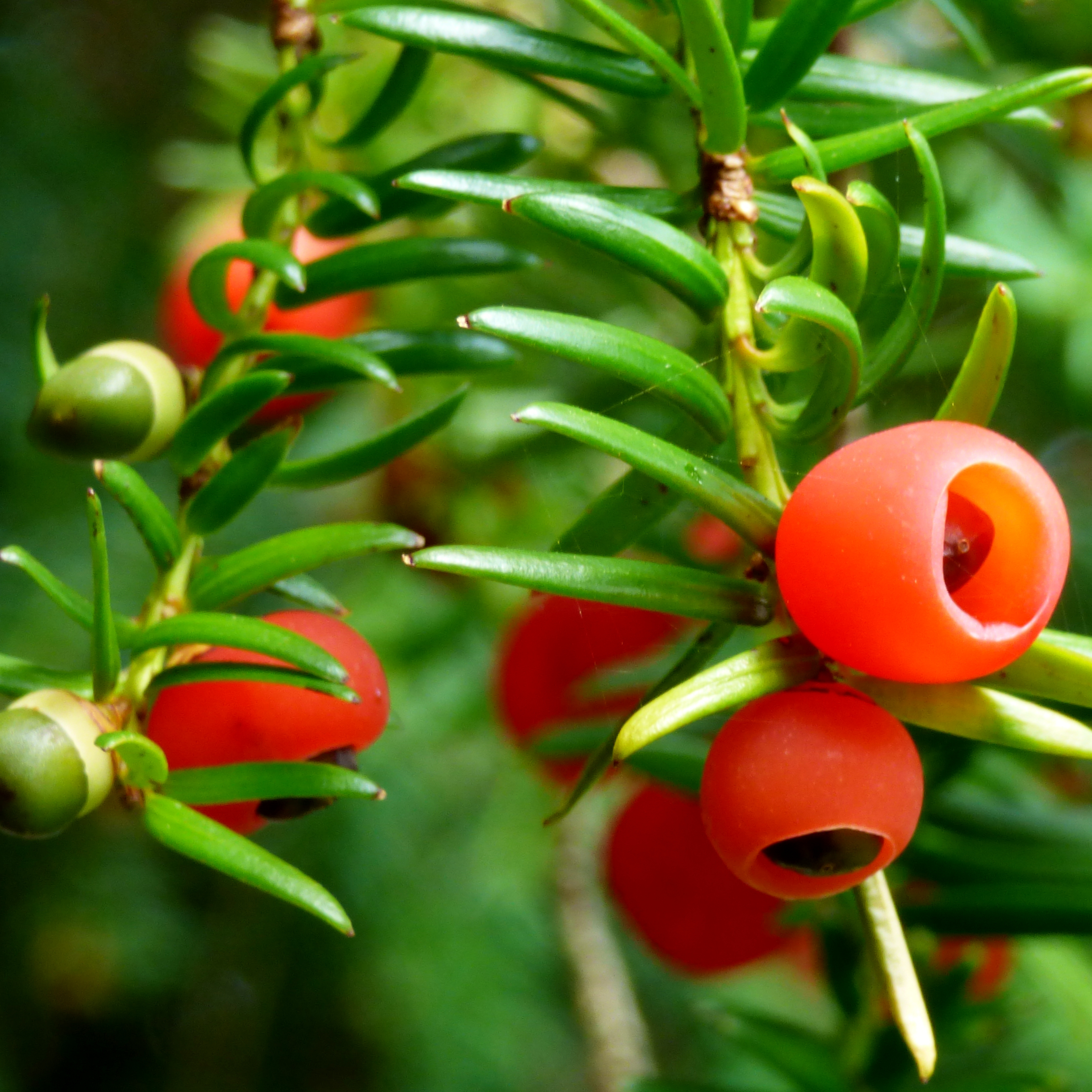
•Deathberries
Deathberries are an extremely poisonous species of red berries, and are known to Twolegs as yew berries.

•Holly Berries
Holly berries, while not as dangerous as deathberries, are still a danger to kits.
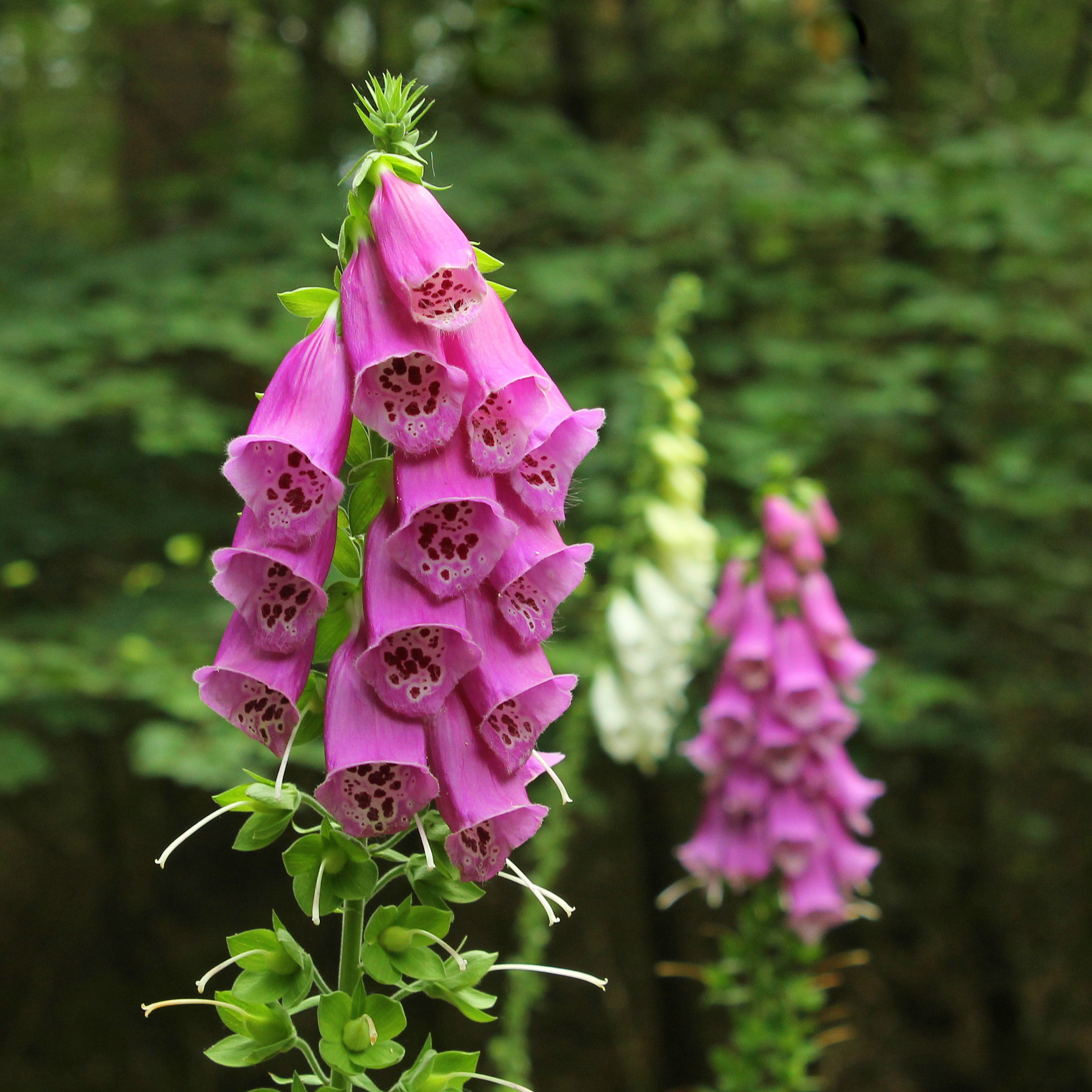
•Foxglove seeds
Foxglove seeds are known to be a dangerous medicine. While they can help the heart, they can easily cause paralysis and heart failure. Can be mistaken for poppy seeds.
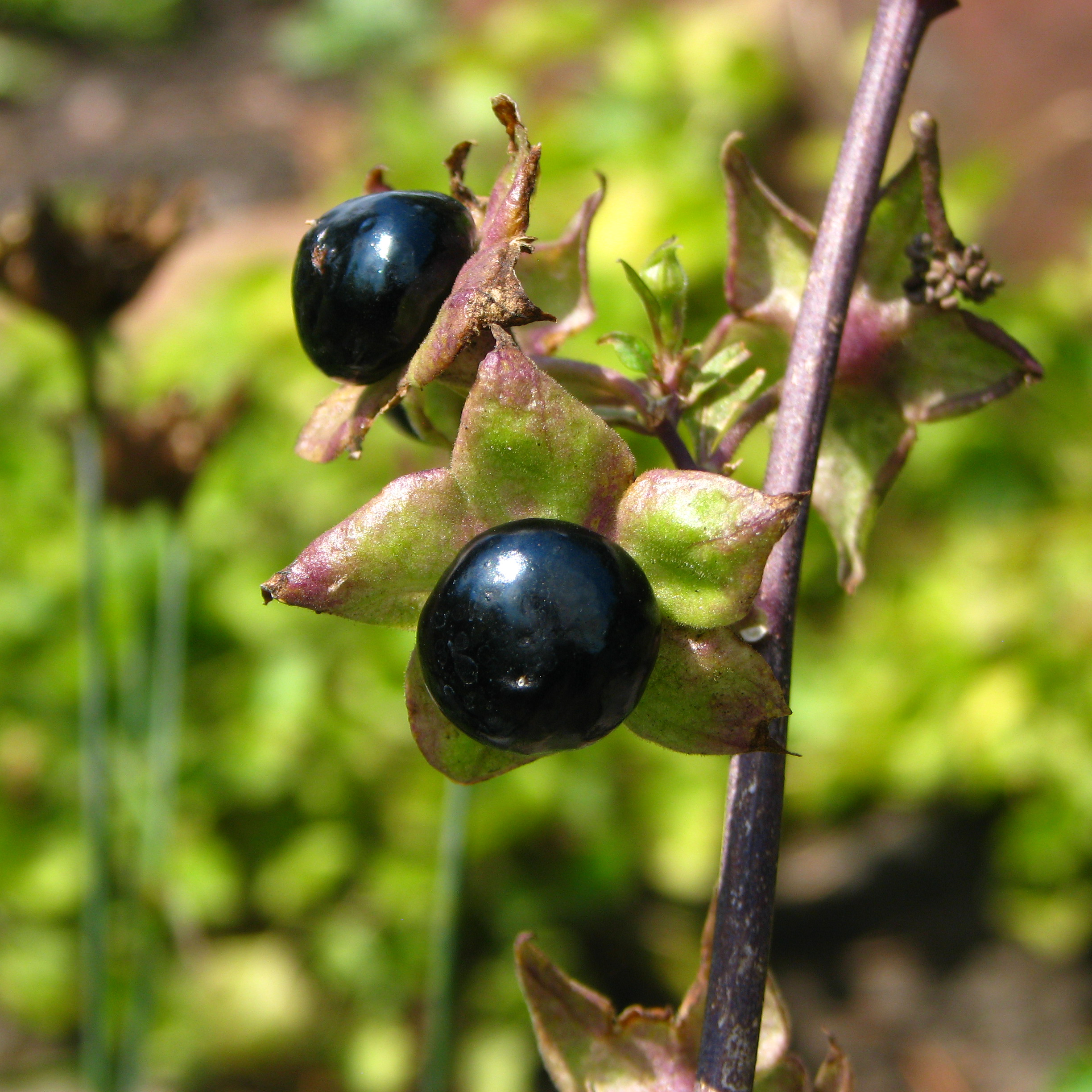
•Deadly Nightshade
Can cause memory loss, inability to concentrate, and death. Used to kill a cat who cannot be saved quickly, it is poisonous.
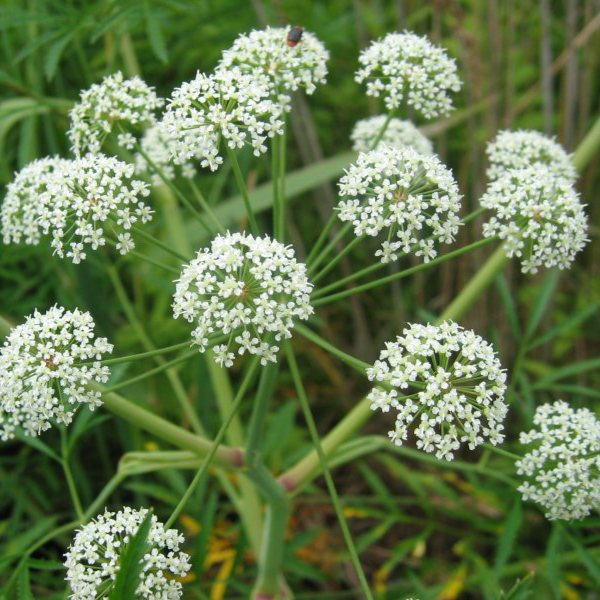
•Water Hemlock
Green or white flowers with petals in umbrella-shaped clusters. Causes writhing, pain, and foaming at the mouth, ending with eventual death
•HERB LOCATIONS•
| •SHADOWCLAN• | •RIVERCLAN• |
| Blackberry Leaves Burdock Root Catchweed Cob Nuts Cobwebs Daisy Leaf Dandelion Dock Fennel Heather Nectar Honey Horsetail Ivy Leaf Juniper Berries Lavender Mouse Bile Parsley Poppy Seeds Ragwort Leaves Rush Stick Stinging Nettle Foxglove Seeds | Alder Bark Blackberry Leaves Celandine Chickweed Cobwebs Coltsfoot Comfrey Root Daisy Leaf Dandelion Dock Feverfew Honey Horsetail Mallow Leaves Marigold Mouse Bile Dried Oak Leaf Poppy Seeds Ragwort Leaves Rush Stick Stinging Nettle Watermint Holly Berries Water Hemlock |
•SKYCLAN• | •THUNDERCLAN• |
| Beech Leaves Blackberry Leaves Borage Leaves Celandine Chervil Chickweed Cobwebs Comfrey Root Daisy Leaf Dandelion Dock Honey Juniper Berries Mallow Leaves Marigold Mint Mouse Bile Dried Oak Leaf Poppy Seeds Ragwort Leaves Raspberry Leaves Rosemary Stick Stinging Nettle Tansy Watermint Wild Garlic Yarrow Deathberries Holly Berries | Beech Leaves Blackberry Leaves Borage Leaves Celandine Chervil Chickweed Cobwebs Comfrey Root Daisy Leaf Dandelion Dock Honey Juniper Berries Mallow Leaves Marigold Mint Mouse Bile Dried Oak Leaf Poppy Seeds Ragwort Leaves Raspberry Leaves Rosemary Stick Stinging Nettle Tansy Watermint Wild Garlic Yarrow Deathberries Holly Berries |
•WINDCLAN• | •TWOLEG GARDENS• |
| Blackberry Leaves Burdock Root Burnet Catchweed Cobwebs Coltsfoot Daisy Leaf Dandelion Fennel Goldenrod Heather Nectar Honey Juniper Berries Lamb's Ear Lavender Lungwort Mouse Bile Poppy Seeds Ragwort Leaves Ragweed Snakeroot Stick Stinging Nettle Thyme Water Hemlock | Catmint Chamomile Sorrel Tansy Tormentil Willow Bark Wintergreen Foxglove Seeds Nightshade |
•ILLNESSES/INJURIES AND THEIR REMEDIES•
Each Clan has different herbs growing in their territories, so RiverClan's remedy to broken bones might be different from ShadowClan's. Keep in mind this is a general guideline, there are more remedies to illnesses and injuries that are shown here.
Each Clan has different herbs growing in their territories, so RiverClan's remedy to broken bones might be different from ShadowClan's. Keep in mind this is a general guideline, there are more remedies to illnesses and injuries that are shown here.
Cough
A sickness akin to a human cold. Symptoms are just coughs and sneezes, though it can be dangerous to kits or young cats. Can use Tansy or honey to ease the throat.
Greencough
A sickness similar to pneumonia that is often rampant among the Clans in leaf-bare. Symptoms include wheezing, coughing, pus excreted from the eyes,
sneezing, fever, and green phlegm streaming from the nose. Can use Catmint accompanied by Feverfew and Coltsfoot to ease breathing.
Whitecough
A mild sickness like a cold. More common than greencough, but can become greencough or even the fatal blackcough. Symptoms include sneezing, coughing, white phlegm streaming from the nose, and a slightly high temperature. Can use Catmint and Tansy.
Blackcough
A fatal sickness that spells certain death for any cat who catches it.
Symptoms are intense chest pain, wheezing, and coughing. It is a rare
sickness for the cats, can use Catmint, though it is improbable that the cat survives.
Yellowcough
A sickness that infects and kills cats. Symptoms are loss of appetite, fever, difficulty breathing, delirium, and sore throats. The symptoms can be treated to reduce discomfort, but only Lungwort can cure it.
Chill
A very mild ailment usually caused by very cold weather or falling into icy water. Much like whitecough, but with cold chills instead of fever. Can use Catmint, feverfew, and lavender.
Bellyache
A mild to severe abdominal pain usually caused by consumption of crowfood. Can use juniper berries, mallow leaves, or watermint.
Poisoning
The case of eating deathberries, poisoned fresh-kill, or a snakebite. Can use yarrow, stinging nettle, and in the case of getting bit by a snake Snake root or Tormentil.
Wrenched Claw
Apply comfrey, poppy seeds, and cobwebs.
Sprains
Stay off the injury and apply stinging nettle for inflammation, and broom.
Sores
Give poppy seeds and rub the tender area with chewed up comfrey.
Thorns
Pull the thorn(s) out immediately! Then use dock or marigold if infected
Aching Joints
Ragwort leaves, Juniper berries, Goldenrod, Daisy leaves
Bee Stings
Blackberry leaves
Broken Bones
Wrap in cobwebs, put on Comfrey pulp, use poppy seeds or willow bark to dull pain, use broom to speed up healing, use stinging nettle or alder bark to ease swelling.
Bellyache
Chervil, Watermint, or Juniper berries. Also, try a trip to the dirtplace.
Coughs (Whitecough or Greencough)
Use either Catmint, Honey, or Tansy, and keep the cat away from other cats.
Cuts in Eye
Trickle Celandine juice into the eye to ease the pain.
Deep Wounds
Cobwebs, Marigold, or Horsetail.
Displaced Bones
Give poppy seed, wait for effect, then have cat bite stick while you give the leg a tug and hear it click into place, give them another poppy seed so they sleep.
Dull Pain
Use poppy seed, then when it takes effect preform treatment, give them another to sleep.
Hurting Throat
Honey, Tansy or water.
Nettle Stings
Dock leaf pulp, give poppy seed so it dulls the pain and helps cat sleep.
Poison
If poison is in stomach, give cat yarrow leaves so they vomit the poison, have them vomit onto dock leaves.
Prevent Infection and Soothe Pain for Burns
Comfrey, honey, alder bark
Poultice for aching joints
Ragwort leaves and juniper berries or Daisy with Marigold and crushed Poppy.
Rat Bites
A poultice of burdock root with cobwebs on top, and horsetail if available
Scratches
Marigold, horsetail, dock
Shock
Thyme, Coltsfoot or Chamomile. Lick fur to comfort, give water and poppy seeds.
Stiffness
Crushed poppy seeds, marigold or Comfrey.
Strengthening Herbs
Tansy, Watermint, Ragwort, Lamb's ear, Burnet, Ragweed or Feverfew.
Toothache
Chew alder bark.
Traveling and Strengthening Herbs
Chamomile, Burnet, daisy leaves or sorrel, ragwort, ragweed, raspberry leaves, Lambs ear.
Wrenched Muscles
Comfrey, nettle, broom and/or water therapy.
Gently Nip Spine or Poke with Claw
This tests to see if the backbone is broken, if they don't feel it, then it is broken.
Lick Fur
It clean wounds, brings down shock, and warms a cold cat (lick fur the wrong way).
Moss Soaked in Water
Sick or injured or weak cats can drink, and can be used to cool feverish cats. It is also helpful in kitting.
Rosemary, Mint
This is used to lighten the death-scent of a dead cat before burial. It is also respectful.
Sweeten Herbs
Use nectar, honey or mouse blood.
Water Soaking
Hold swelling wound in cold water, it takes down swelling and also soothes scraped pads.
Water Therapy
Have a cat with weak or hurting muscles or bone wade in water, eventually they'll get stronger.
Wailing, Yowling
If the cat does not have a sore throat, it keeps lungs and chest clea
A sickness akin to a human cold. Symptoms are just coughs and sneezes, though it can be dangerous to kits or young cats. Can use Tansy or honey to ease the throat.
Greencough
A sickness similar to pneumonia that is often rampant among the Clans in leaf-bare. Symptoms include wheezing, coughing, pus excreted from the eyes,
sneezing, fever, and green phlegm streaming from the nose. Can use Catmint accompanied by Feverfew and Coltsfoot to ease breathing.
Whitecough
A mild sickness like a cold. More common than greencough, but can become greencough or even the fatal blackcough. Symptoms include sneezing, coughing, white phlegm streaming from the nose, and a slightly high temperature. Can use Catmint and Tansy.
Blackcough
A fatal sickness that spells certain death for any cat who catches it.
Symptoms are intense chest pain, wheezing, and coughing. It is a rare
sickness for the cats, can use Catmint, though it is improbable that the cat survives.
Yellowcough
A sickness that infects and kills cats. Symptoms are loss of appetite, fever, difficulty breathing, delirium, and sore throats. The symptoms can be treated to reduce discomfort, but only Lungwort can cure it.
Chill
A very mild ailment usually caused by very cold weather or falling into icy water. Much like whitecough, but with cold chills instead of fever. Can use Catmint, feverfew, and lavender.
Bellyache
A mild to severe abdominal pain usually caused by consumption of crowfood. Can use juniper berries, mallow leaves, or watermint.
Poisoning
The case of eating deathberries, poisoned fresh-kill, or a snakebite. Can use yarrow, stinging nettle, and in the case of getting bit by a snake Snake root or Tormentil.
INJURIES
Marigold, poppy seeds, and cobwebs.Cracked pads
A painful ailment usually seen in elderly cats. The paw pads crack from cold or dryness, and if untreated can lead to infection. Symptoms include swelling of the paws, bleeding and pain. Can use Marigold, Dock, or Coltsfoot and poppy seed if there is pain.
Aching Joints
Basically arthritis in cats. Caused by age or damp weather. Symptoms include pain and stiffness. Can use Marigold with crushed poppy seed.
Bleeding
Blood loss due to injury, such as a wound sustained in battle. Severity depends on injury. Can use cobwebs or gumweed pressed onto the wound.
Torn Claw
A painful ailment usually seen in elderly cats. The paw pads crack from cold or dryness, and if untreated can lead to infection. Symptoms include swelling of the paws, bleeding and pain. Can use Marigold, Dock, or Coltsfoot and poppy seed if there is pain.
Aching Joints
Basically arthritis in cats. Caused by age or damp weather. Symptoms include pain and stiffness. Can use Marigold with crushed poppy seed.
Bleeding
Blood loss due to injury, such as a wound sustained in battle. Severity depends on injury. Can use cobwebs or gumweed pressed onto the wound.
Torn Claw
Wrenched Claw
Apply comfrey, poppy seeds, and cobwebs.
Sprains
Stay off the injury and apply stinging nettle for inflammation, and broom.
Sores
Give poppy seeds and rub the tender area with chewed up comfrey.
Thorns
Pull the thorn(s) out immediately! Then use dock or marigold if infected
Aching Joints
Ragwort leaves, Juniper berries, Goldenrod, Daisy leaves
Bee Stings
Blackberry leaves
Broken Bones
Wrap in cobwebs, put on Comfrey pulp, use poppy seeds or willow bark to dull pain, use broom to speed up healing, use stinging nettle or alder bark to ease swelling.
Bellyache
Chervil, Watermint, or Juniper berries. Also, try a trip to the dirtplace.
Coughs (Whitecough or Greencough)
Use either Catmint, Honey, or Tansy, and keep the cat away from other cats.
Cuts in Eye
Trickle Celandine juice into the eye to ease the pain.
Deep Wounds
Cobwebs, Marigold, or Horsetail.
Displaced Bones
Give poppy seed, wait for effect, then have cat bite stick while you give the leg a tug and hear it click into place, give them another poppy seed so they sleep.
Dull Pain
Use poppy seed, then when it takes effect preform treatment, give them another to sleep.
Hurting Throat
Honey, Tansy or water.
Nettle Stings
Dock leaf pulp, give poppy seed so it dulls the pain and helps cat sleep.
Poison
If poison is in stomach, give cat yarrow leaves so they vomit the poison, have them vomit onto dock leaves.
Prevent Infection and Soothe Pain for Burns
Comfrey, honey, alder bark
Poultice for aching joints
Ragwort leaves and juniper berries or Daisy with Marigold and crushed Poppy.
Rat Bites
A poultice of burdock root with cobwebs on top, and horsetail if available
Scratches
Marigold, horsetail, dock
Shock
Thyme, Coltsfoot or Chamomile. Lick fur to comfort, give water and poppy seeds.
Stiffness
Crushed poppy seeds, marigold or Comfrey.
Strengthening Herbs
Tansy, Watermint, Ragwort, Lamb's ear, Burnet, Ragweed or Feverfew.
Toothache
Chew alder bark.
Traveling and Strengthening Herbs
Chamomile, Burnet, daisy leaves or sorrel, ragwort, ragweed, raspberry leaves, Lambs ear.
Wrenched Muscles
Comfrey, nettle, broom and/or water therapy.
HEALING REMEDIES WITHOUT USING HERBS:
Gently Nip Spine or Poke with Claw
This tests to see if the backbone is broken, if they don't feel it, then it is broken.
Lick Fur
It clean wounds, brings down shock, and warms a cold cat (lick fur the wrong way).
Moss Soaked in Water
Sick or injured or weak cats can drink, and can be used to cool feverish cats. It is also helpful in kitting.
Rosemary, Mint
This is used to lighten the death-scent of a dead cat before burial. It is also respectful.
Sweeten Herbs
Use nectar, honey or mouse blood.
Water Soaking
Hold swelling wound in cold water, it takes down swelling and also soothes scraped pads.
Water Therapy
Have a cat with weak or hurting muscles or bone wade in water, eventually they'll get stronger.
Wailing, Yowling
If the cat does not have a sore throat, it keeps lungs and chest clea
Herb Care:
If herbs are wet, leave them out in the sun to dry.
Gather fresh herbs when stock gets short.
Leave enough of the herb on its plant so it can reproduce when in season.
Check herb store often, and throw out old or weak herbs.
Wrap honey in dock leaves, with rhubarb to keep fresh.
Use bark strips to finish the leaf wrap, or keep the herbs together so they can be fresh.
If leaves are old, wrap around newer leaves so that healing juices that remain in the old leaves seep into the new ones and strengthen them.
Gather fresh herbs when stock gets short.
Leave enough of the herb on its plant so it can reproduce when in season.
Check herb store often, and throw out old or weak herbs.
Wrap honey in dock leaves, with rhubarb to keep fresh.
Use bark strips to finish the leaf wrap, or keep the herbs together so they can be fresh.
If leaves are old, wrap around newer leaves so that healing juices that remain in the old leaves seep into the new ones and strengthen them.
Medicine Cat Code:
A Medicine Cat may not take a mate or have kits.
A Medicine Cat may only retire when their apprentice is ready to take their place.
Medicine Cats must never let personal feelings get in the way of his or her duties.
Medicine Cats are outside Clan and Clan rivalry
Medicine Cats may cross territory boundaries, as they're outside Clan rivalry
Medicine Cats must learn battle moves to defend themselves.
Medicine Cats must do everything they can to help a cat or kit in need.
Medicine Cats must learn to interpret prophecies and omens, and share these with his or her leader.
deltra of gangnam style




















